PsychNewsDaily Publishers
100 Summit Drive
Burlington, MA, 01803
Telephone: (320) 349-2484
PsychNewsDaily Publishers
100 Summit Drive
Burlington, MA, 01803
Telephone: (320) 349-2484
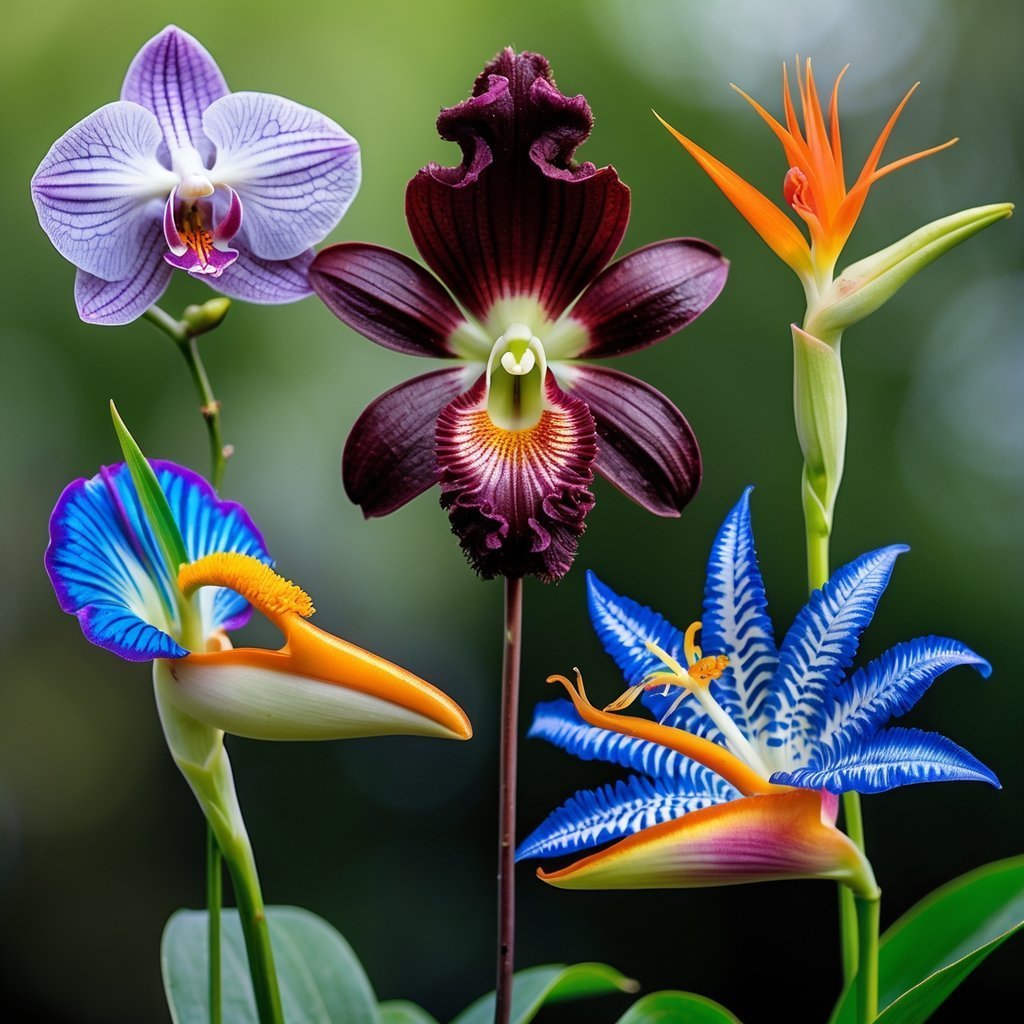
Pollination helps plants reproduce, but honestly, it’s not always as simple as bees hopping from one blossom to another. Some flowers get pretty creative, using unusual tricks to catch the attention of animals and insects for spreading their pollen.
These plants don’t just rely on nectar or flashy colors. Sometimes, they pull off wild stunts to stand out.
You might be surprised to hear that some flowers go as far as trapping, tricking, or outright fooling their pollinators. It’s honestly amazing how inventive nature can get. Let’s check out five flowers with the strangest ways of getting pollinated.
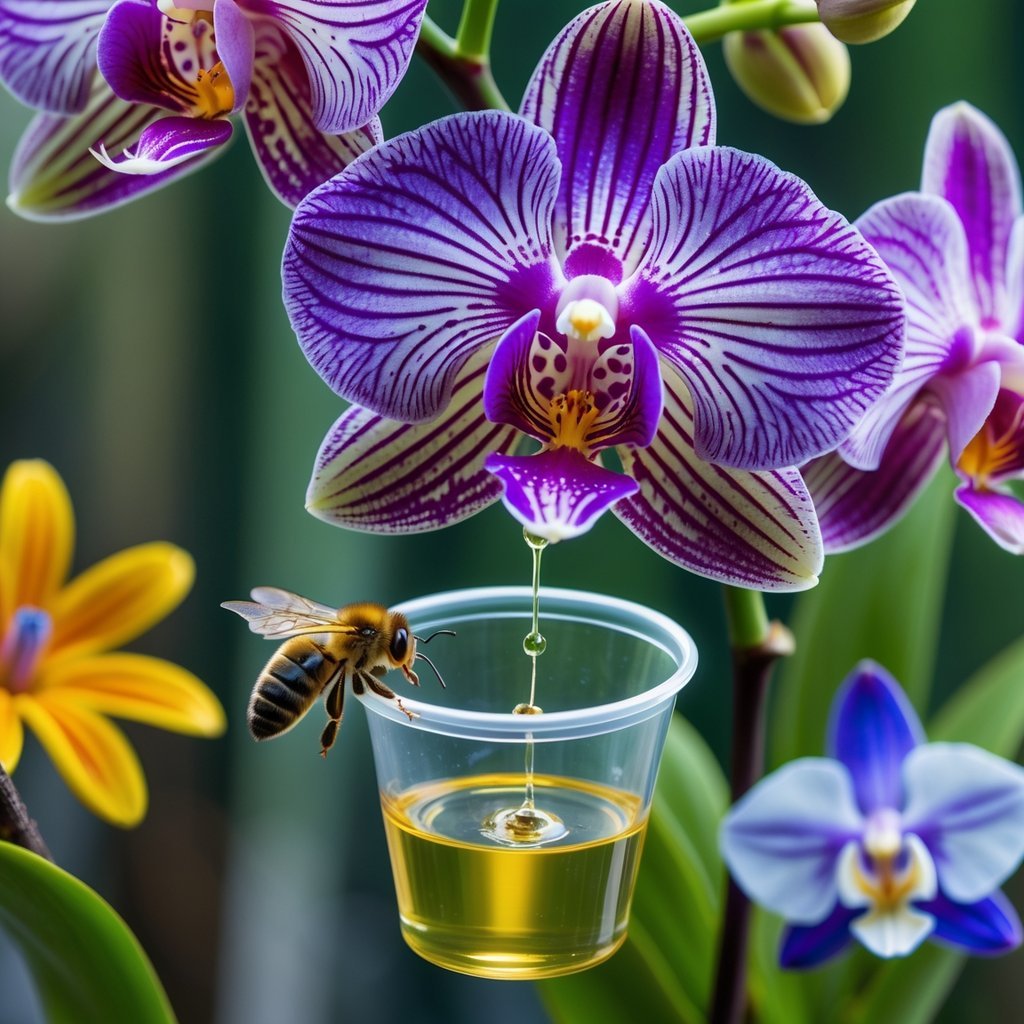
When you spot a bucket orchid, you probably wouldn’t guess it has such a sneaky pollination plan. This flower has a bucket-shaped part filled with liquid, and it lures in male bees with its scent.
The bee shows up, trying to collect the scent, but then—oops—it slips and falls right into the bucket. The bee scrambles to escape and eventually squeezes through a tight exit, picking up pollen along the way.
The orchid depends on this clumsy moment to move pollen to other flowers. Next time the bee visits another bucket orchid, it delivers the pollen to the right spot.
Pretty clever, right?
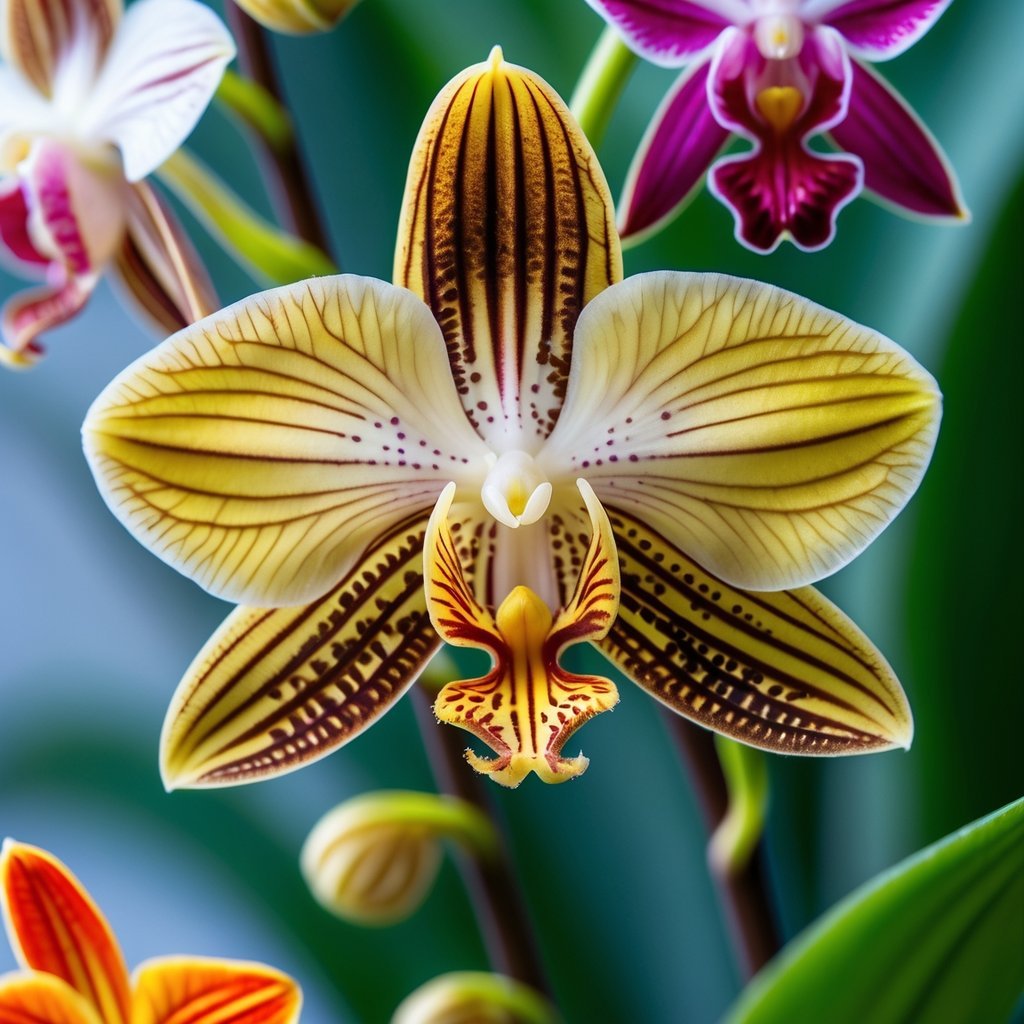
The Mirror Orchid goes all out to get pollinated. Its flower looks and even smells like a female wasp—no kidding.
Male wasps see the flower and think it’s a mate. They try to mate with it, and during the process, the flower sneaks pollen onto them.
The next time a wasp visits another Mirror Orchid, it brings the pollen along. The plant doesn’t offer any nectar or food, just a really convincing disguise.
That’s what you call sexual deception. It’s a little wild, but it works.
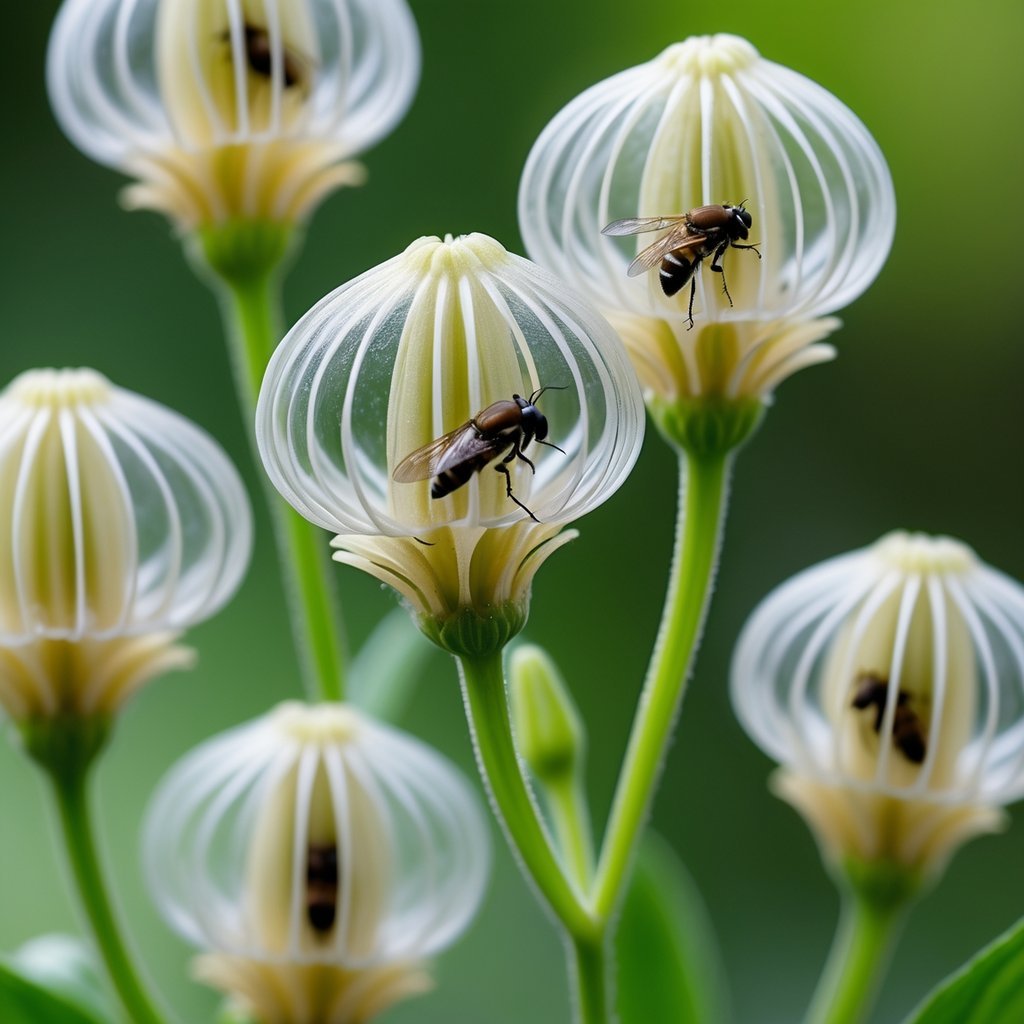
Ceropegia flowers are honestly fascinating. Their petals form a sort of parachute shape, guiding flies straight inside.
Once the flies enter, they get stuck for a bit. The flower even gives off a scent like injured honeybees, which tricks the flies into thinking there’s food or maybe a mate inside.
The flies can’t leave until the flower’s ready. When they finally escape, they’re dusted with pollen.
That way, the flies end up pollinating other Ceropegia flowers. It’s sneaky, but it sure works.
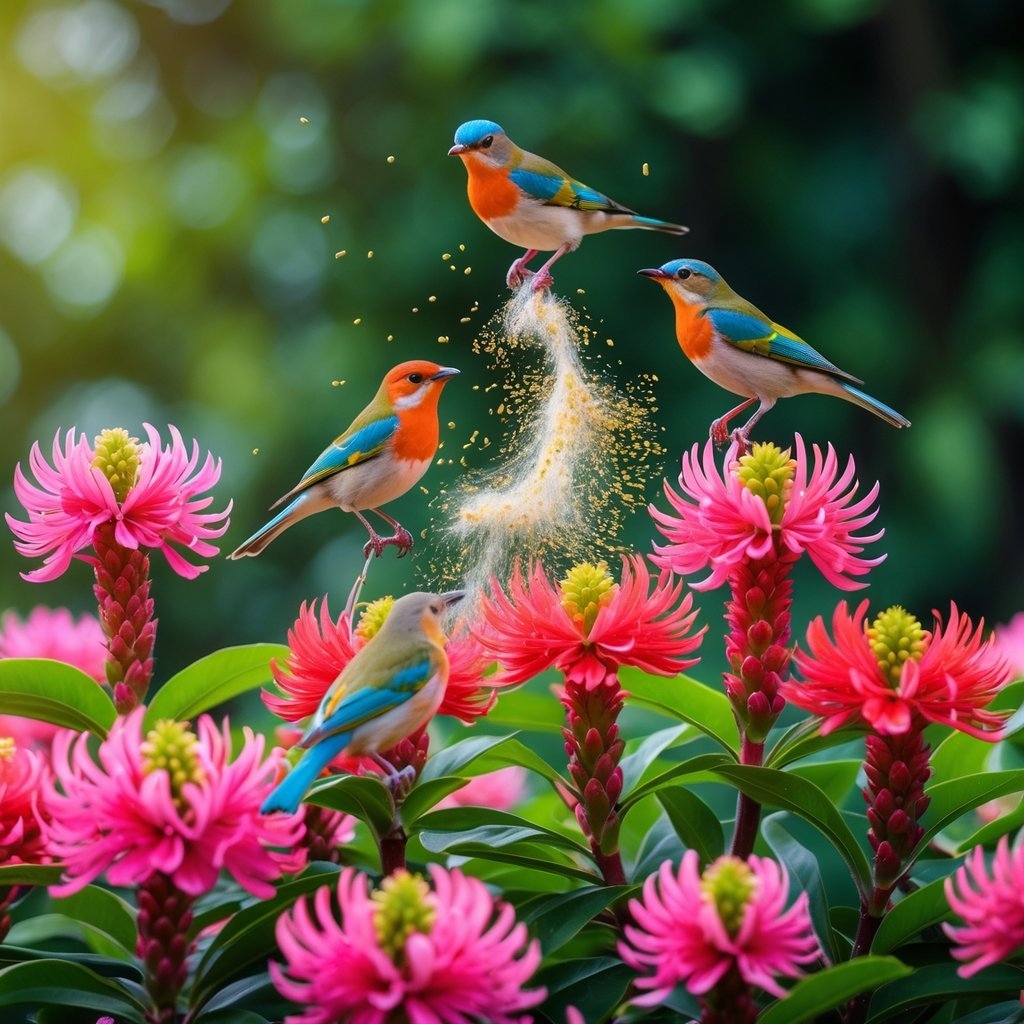
Axinaea flowers look like they’re handing out treats to birds. The male parts of the flower have bulb-shaped snacks that birds can’t resist.
When a bird grabs one of these, the flower blasts a puff of pollen right onto the bird’s feathers.
The bird flies off, carrying pollen to the next flower it visits.
This flower actually uses its reproductive parts as food. It’s kind of like paying the birds for a delivery service.
Honestly, you don’t see many plants pulling off a trick like this. Axinaea stands out for sure.
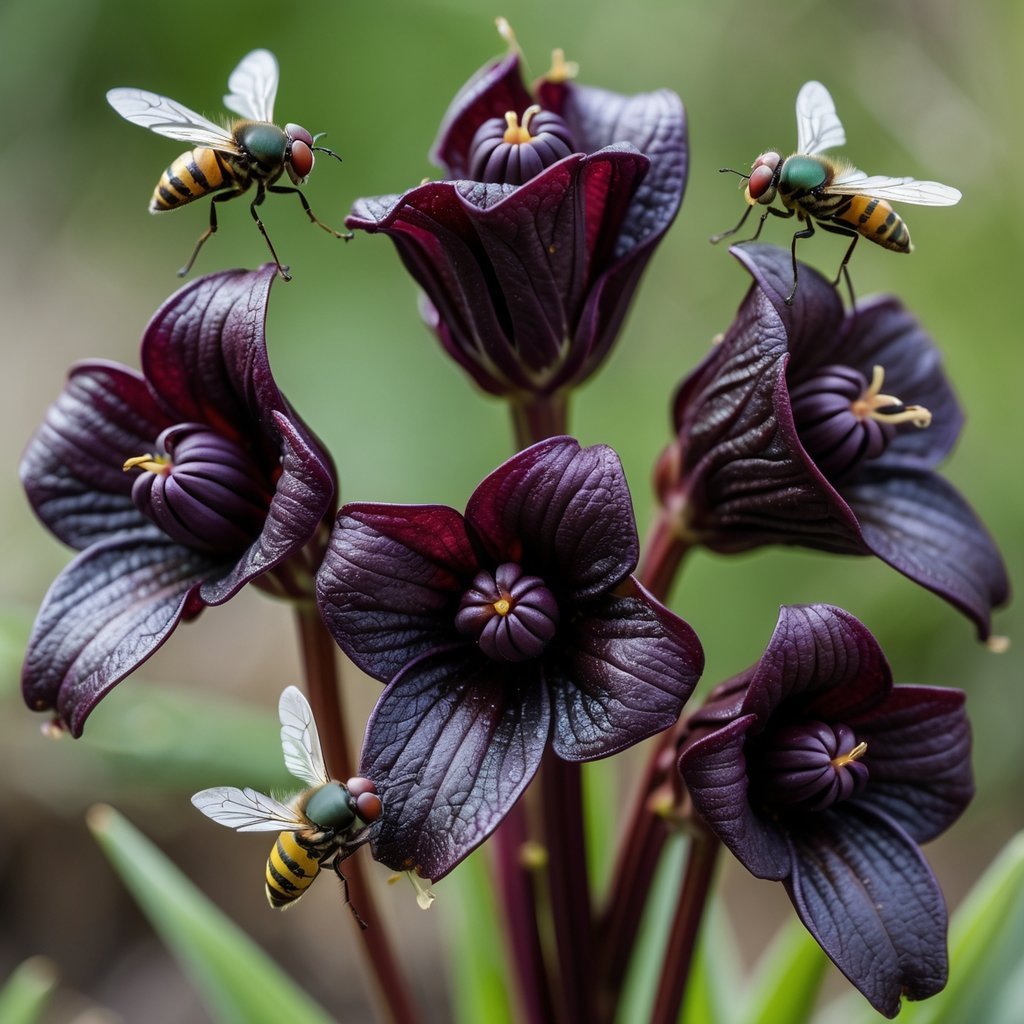
Carrion flowers have this wild trick for getting pollinated. They give off a smell that’s almost exactly like rotting meat or a dead animal.
Flies and beetles, the type that usually hang around dead things, can’t resist the scent. You might spot these flowers and notice they even look like old flesh.
Their weird color, that hairy texture, and the odd shape all help trick the bugs. Flies come buzzing in, probably thinking they’ve found a snack or a spot to lay eggs.
When the flies land, they end up carrying pollen from one carrion flower to the next. That’s how these plants manage to reproduce, even where there aren’t many regular pollinators around.
Honestly, it’s kind of genius—the stink of rotten meat turns out to be a huge advantage for these strange plants.